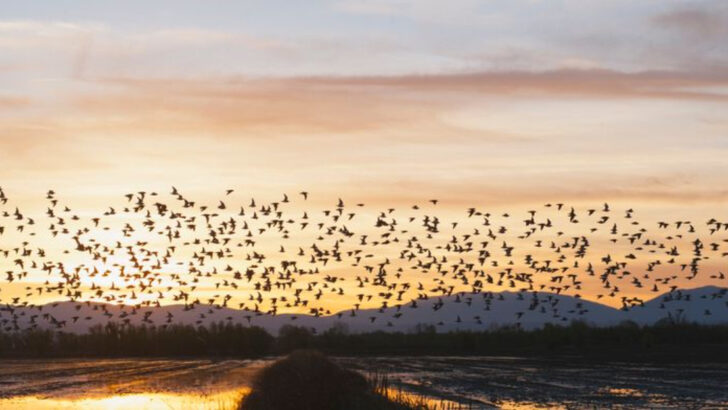Bird lovers, brace yourselves—California is the bird capital of America.
More species call this state home than anywhere else in the country. Not because it’s big. Not because it’s pretty. Because it’s wildly alive. From snow-capped peaks to scorched desert, foggy coastline to sprawling wetlands—California throws the full buffet at our feathered friends.
One moment you’re spotting a Peregrine Falcon diving along a cliff. The next? A neon-pink spoonbill wading through a marsh like it owns the place. This isn’t just migration. It’s a year-round avian rave, and everyone’s invited.
So why here? Why does California pull in over 670 species of birds while other states barely crack 500?
Stick around—we’ve got ten reasons that’ll blow your beak off.
Diverse Ecosystems

California’s diverse ecosystems make it a haven for an incredible variety of bird species. From the majestic Sequoias to the arid Mojave Desert, each ecosystem supports unique avian communities.
The coastal regions provide rich feeding grounds for seabirds, while inland lakes and rivers attract waterfowl.
Forests and mountains offer sanctuary to songbirds and raptors. With such an array of habitats, birds from different ecological niches thrive in California. This diversity fosters opportunities for birdwatchers to witness rare and common species alike, celebrating the state’s natural wealth.
Migratory Pathways
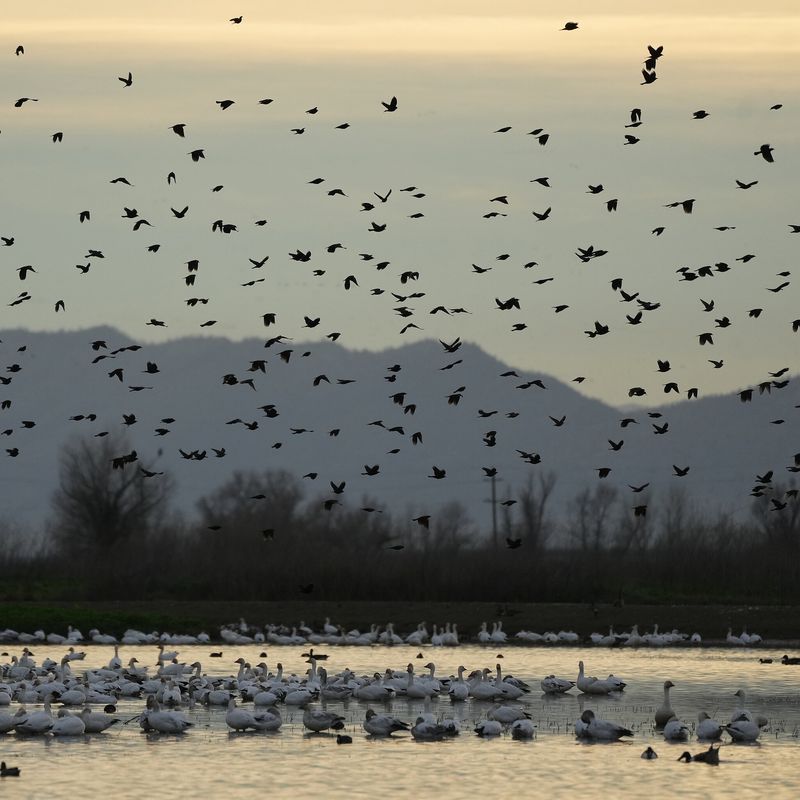
Strategically located on the Pacific Flyway, California serves as a vital stopover for migratory birds traveling between North and South America. Each year, millions of birds pass through the state, resting and refueling along their long journeys.
These migratory pathways enable birdwatchers to observe a remarkable variety of species, from sandpipers to swallows.
The convergence of these pathways in California creates a unique birdwatching experience, where rare migratory birds can be spotted alongside resident species. This dynamic interplay enriches California’s ornithological tapestry.
Mild Winters
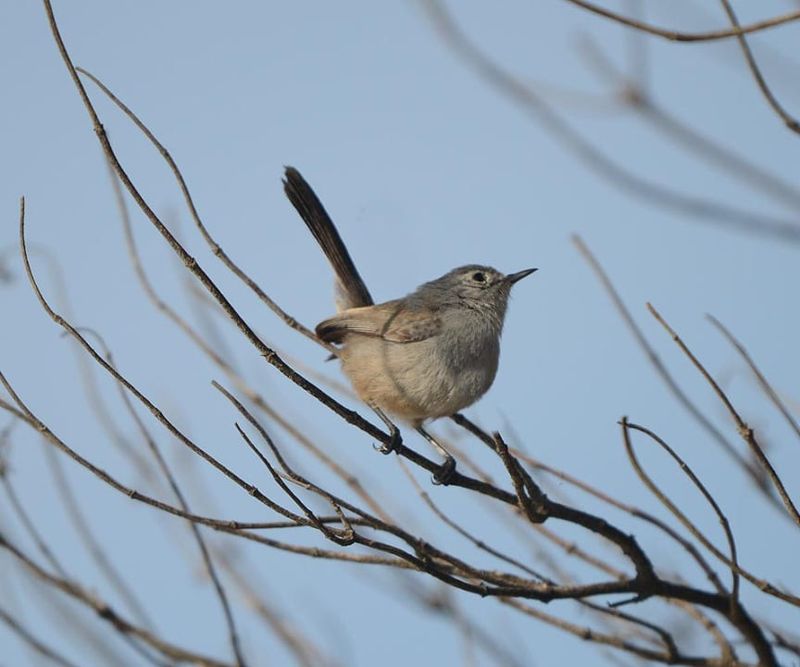
California’s mild winters make it an attractive destination for birds seeking refuge from harsher climates. While other regions may be blanketed in snow, California offers a warm respite.
This temperate climate supports a wide range of resident and migratory birds, providing food and shelter throughout the colder months.
Birdwatchers delight in the abundance of species that flock to California during winter. The gentle climate fosters a thriving bird population, turning the state into a wintering ground for many northern species.
Unique Endemic Species
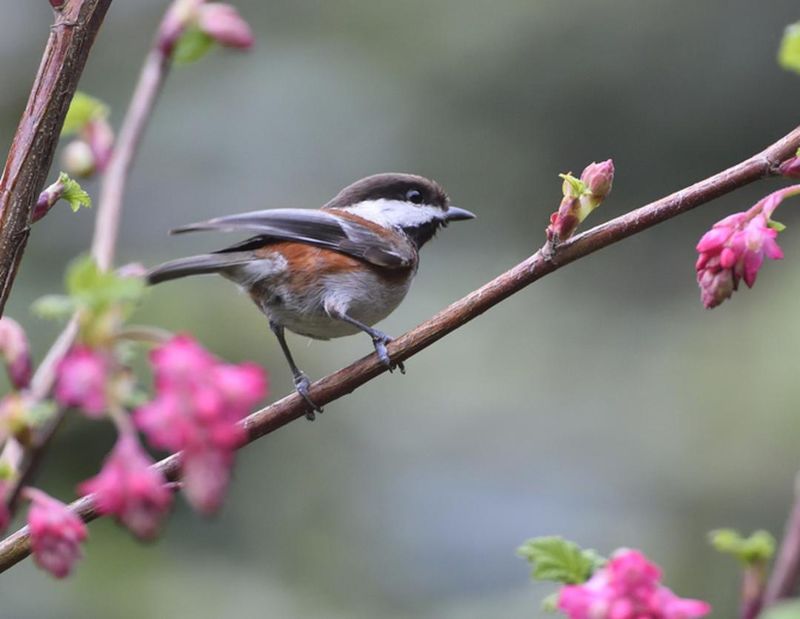
California is home to several endemic bird species that can’t be found anywhere else in the world. The iconic California Condor, once on the brink of extinction, now soars majestically over the state’s rugged terrains.
Efforts to protect these unique species have led to successful conservation programs, drawing bird enthusiasts eager to catch a glimpse of these rare birds.
The presence of such endemic species adds to California’s allure, offering a chance to witness the state’s unique contributions to global biodiversity.
Rich Avian Culture
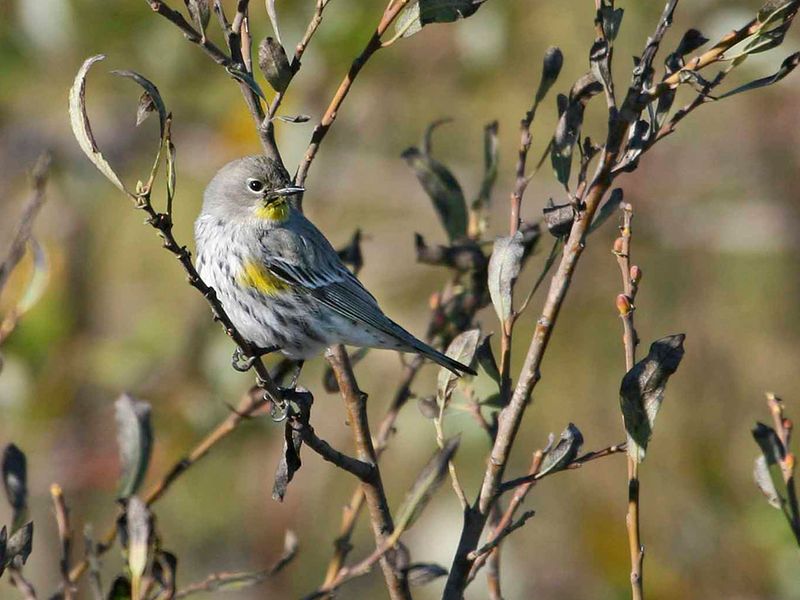
Birdwatching in California is not just a hobby; it’s a cultural phenomenon. The state’s rich avian culture attracts birdwatchers from around the world to participate in festivals, guided tours, and citizen science projects.
Events like the Monterey Bay Birding Festival celebrate this enthusiasm, offering opportunities for education and community engagement.
The culture fosters a deep appreciation for birds and their habitats, contributing to California’s reputation as a premier birdwatching destination. This cultural richness enhances the state’s ornithological significance.
Conservation Efforts
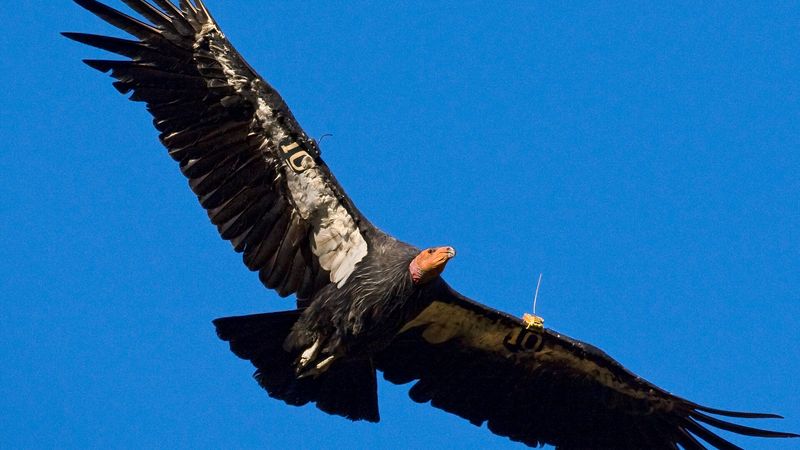
California’s commitment to conservation plays a pivotal role in preserving its diverse bird species. Numerous wildlife reserves and protected areas have been established to safeguard critical habitats.
These conservation efforts not only protect birds but also restore ecosystems, supporting a wider range of species.
Volunteers and organizations work tirelessly to ensure that California remains a sanctuary for birds. The state’s proactive approach to conservation is a testament to its dedication to preserving natural heritage for future generations.
Year-Round Birding Opportunities
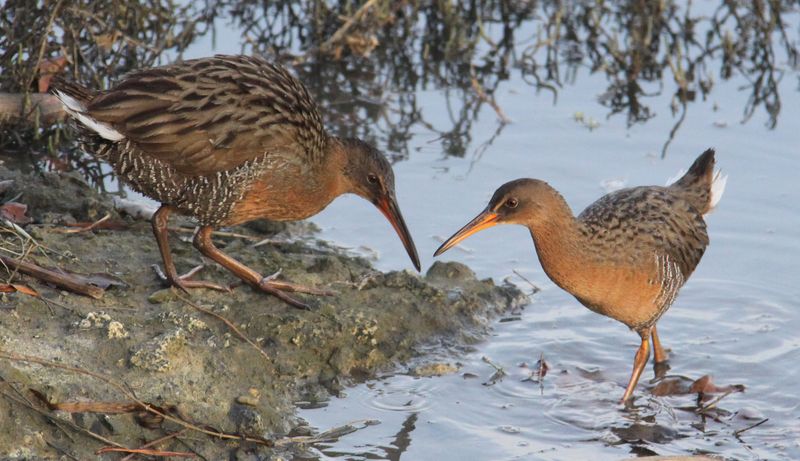
California offers year-round birding opportunities, thanks to its varied climates and habitats. Whether exploring the coastal marshes in spring or the desert blooms in fall, birdwatchers can enjoy different species throughout the year.
This constant availability of birding experiences makes California a versatile destination for enthusiasts.
The ability to witness seasonal changes in bird populations adds a dynamic and engaging aspect to birdwatching, ensuring that no two visits are ever the same.
Pacific Flyway Intersection
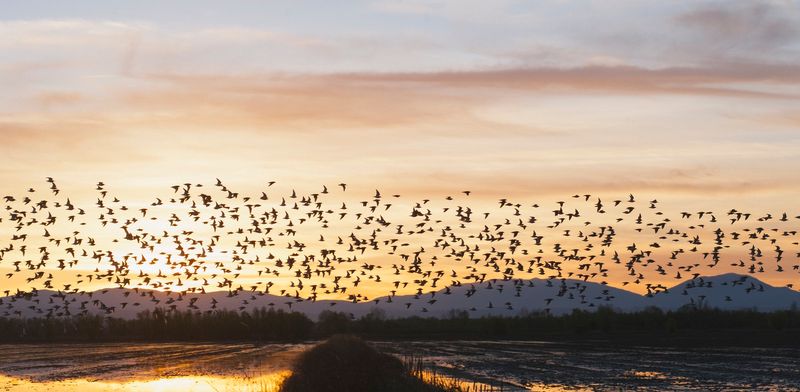
California is a vital intersection for the Pacific Flyway, a major north-south migratory path for numerous bird species. This natural corridor allows species from as far as Alaska and South America to travel through.
Many birds make temporary stops in the state’s wetlands and coastal areas. The abundance of rest stops and food resources encourages a wide variety of birds to traverse this path.
Furthermore, the state’s diverse habitats offer ideal conditions for both resident and migratory birds. This creates an ever-changing tapestry of bird life throughout the year.
Varied Altitudinal Zones
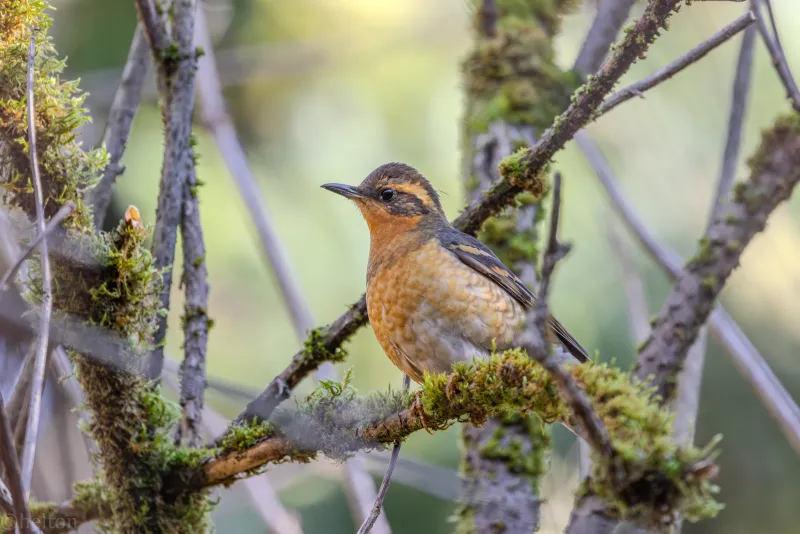
California’s unique range of altitudinal zones provides diverse habitats that support distinct bird populations. From sea level to high mountain peaks, each elevation offers unique vegetation and climate conditions.
Birds can find suitable environments for nesting and feeding across these zones. As you move from the coastal plains to the Sierra Nevada, you’ll notice shifts in avian communities.
Birds such as hawks thrive in higher altitudes, while songbirds are abundant in lower areas. This vertical diversity contributes to California’s remarkable avian richness.
Rich Coastal and Marine Environments

The extensive coastline of California, with its rich marine ecosystems, hosts a variety of bird species. Coastal areas provide essential habitats for birds that rely on marine resources.
Shorebirds, such as sandpipers and gulls, are frequently seen foraging along the shores. The nutrient-rich ocean waters support diverse fish populations, attracting seabirds like pelicans and terns.
The dynamic interplay between land and sea creates a sustainable environment for these birds. Moreover, migratory birds find coastal regions of California perfect for resting during their long journeys.

